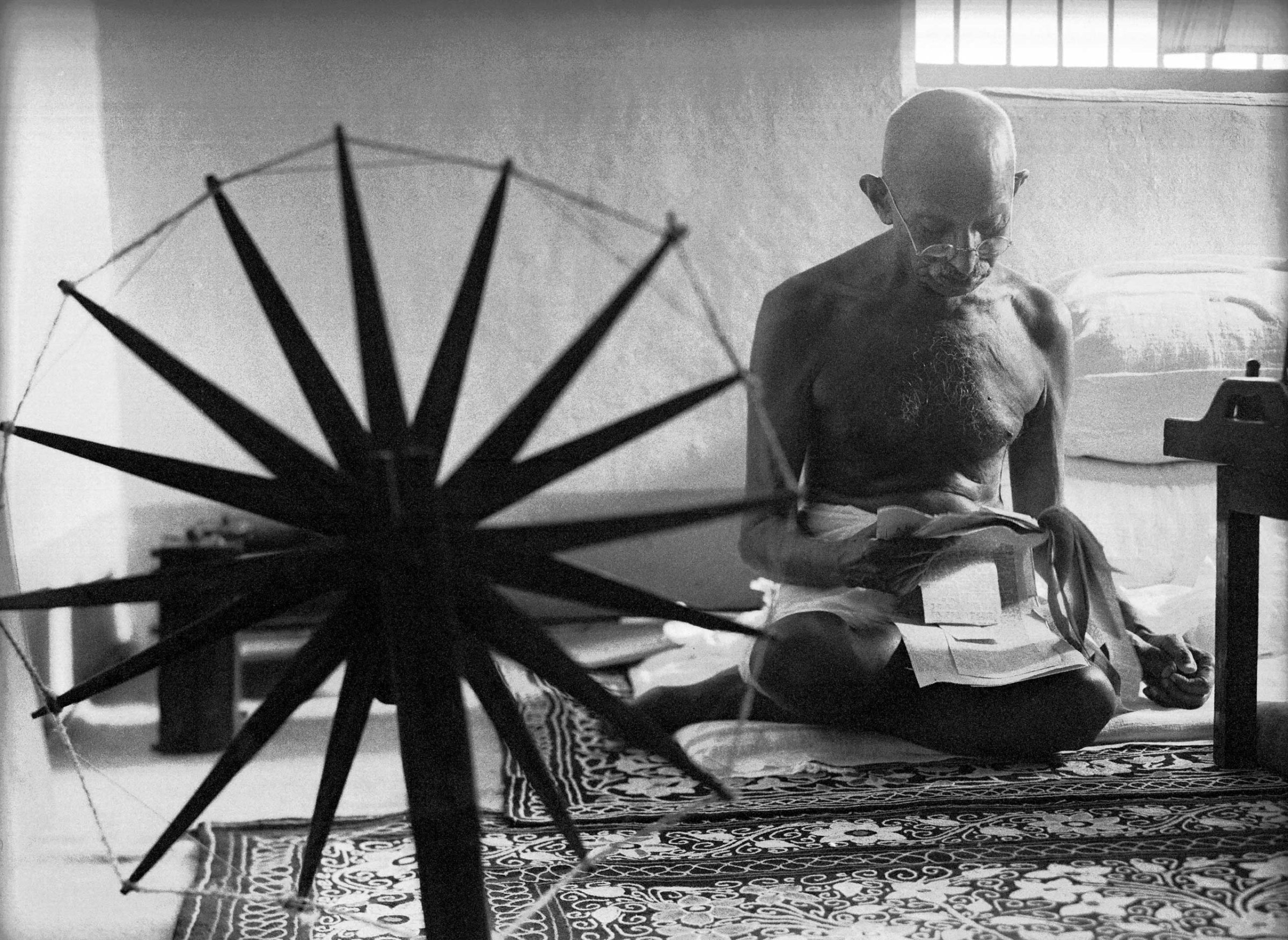
Few public figures of the 20th century were — and remain — as instantly recognizable to literally billions of people around the globe as Mohandas Karamchand Gandhi (1869 – 1948). Albert Einstein, JFK, Martin Luther King, Jr. — there is a kind of evocative power in the most famous pictures of these men that immediately calls to mind not only the era in which they lived, but the words and deeds that made them so memorable. Gandhi fits neatly into this group of iconic figures, and no single picture has become more closely associated with his life, and his way of life, than Margaret Bourke-White’s 1946 portrait of the civil-disobedience pioneer beside his cherished spinning wheel.
Bourke-White was, of course, one of the century’s most intrepid chroniclers of conflict and strife: her pictures from Buchenwald in 1945, for instance, and from the horrific violence that attended the 1947 partition of India and the creation of Pakistan are among the most powerful of her extraordinary career. But she was also capable of sensitively documenting the quieter — and, in many cases, the more representative — moments from the lives of the great and the powerless, alike. Incredibly, though, her now-famous picture of Gandhi did not appear in the LIFE magazine article for which it was originally shot.
In 1946, during the run-up to the historic 1947 partition — and independence from Great Britain for both India and Pakistan — Bourke-White spent time in India working on a feature, ultimately titled “India’s Leaders,” that would run in the May 27, 1946, issue of LIFE. (See the end of this gallery to view the article, in page spreads, as it appeared in the magazine.) She made hundreds of photographs, including many of Gandhi himself: with his family; at his spinning wheel; at prayer. More than a dozen of her pictures ran in the “Leaders” article in the May ’46 issue. Only two were of Gandhi, and neither of them was the well-known spinning-wheel picture.
In fact, that picture would not appear in LIFE until months later — and even then, it ran as a small image atop an article in June 1946 (left) that focused on Gandhi’s fascination with what the magazine called “nature cures” for the sick.
“At the age of 76,” LIFE wrote, “Mohandas Gandhi has embarked on a new career as a doctor. It is characteristic of the Mahatma that, at this moment when his lifelong crusade for a free India seems to have reached its final crisis, he is taking time out from a busy political life to preach a nature cure. Gandhi has no license to practice, of course, but to ask the Mahatma for such a document would be like requiring President Truman to produce his airplane ticket when he boards [the first presidential airplane, nicknamed] the Sacred Cow.”
It’s worth noting, however, that LIFE did not entirely forget about Bourke-White’s picture after it was first published. In early February 1948, the photograph was given pride of place in a multiple-page tribute to Gandhi published immediately after his assassination. Filling a half-page atop the article, “India Loses Her ‘Great Soul,'” the picture serves as a stirring visual eulogy to the man and his ideals.
In typed notes that accompanied Bourke-White’s film when it was sent from India to LIFE’s New York offices in the spring of 1946, the significance of the simple spinning wheel in the photo is made abundantly clear:
[Gandhi] spins every day for 1 hr. beginning usually at 4. All members of his ashram must spin. He and his followers encourage everyone to spin. Even M. B-W was encouraged to lay [aside] her camera to spin. . . . When I remarked that both photography and spinning were handicrafts, they told me seriously, “The greater of the 2 is spinning.” Spinning is raised to the heights almost of a religion with Gandhi and his followers. The spinning wheel is sort of an Ikon to them. Spinning is a cure all, and is spoken of in terms of the highest poetry.
Of the most famous portrait Bourke-White ever made of Gandhi, meanwhile, the memo to LIFE’s editors simply states: “Gh. [a common shorthand for Gandhi in the notes] reading clippings — spinning wheel in foreground, which he has just finished using. It would be impossible to exaggerate the reverence in which Gh’s ‘own personal spinning wheel’ is held in the ashram.”
Here, on Gandhi’s 145th birthday (b. Oct. 2, 1869), LIFE republishes Bourke-White’s great portrait, as well as other images of Gandhi from the same assignment. We’ve also included the page spreads of the “Indian Leaders” article that ran in May 1946.
A final note: Like many photographers, Bourke-White was not above occasionally allowing herself the liberty of a playful self-portrait. Here she is, then — the legendary photojournalist in India, posing with a loom of her own.
Ben Cosgrove is the Editor of LIFE.com


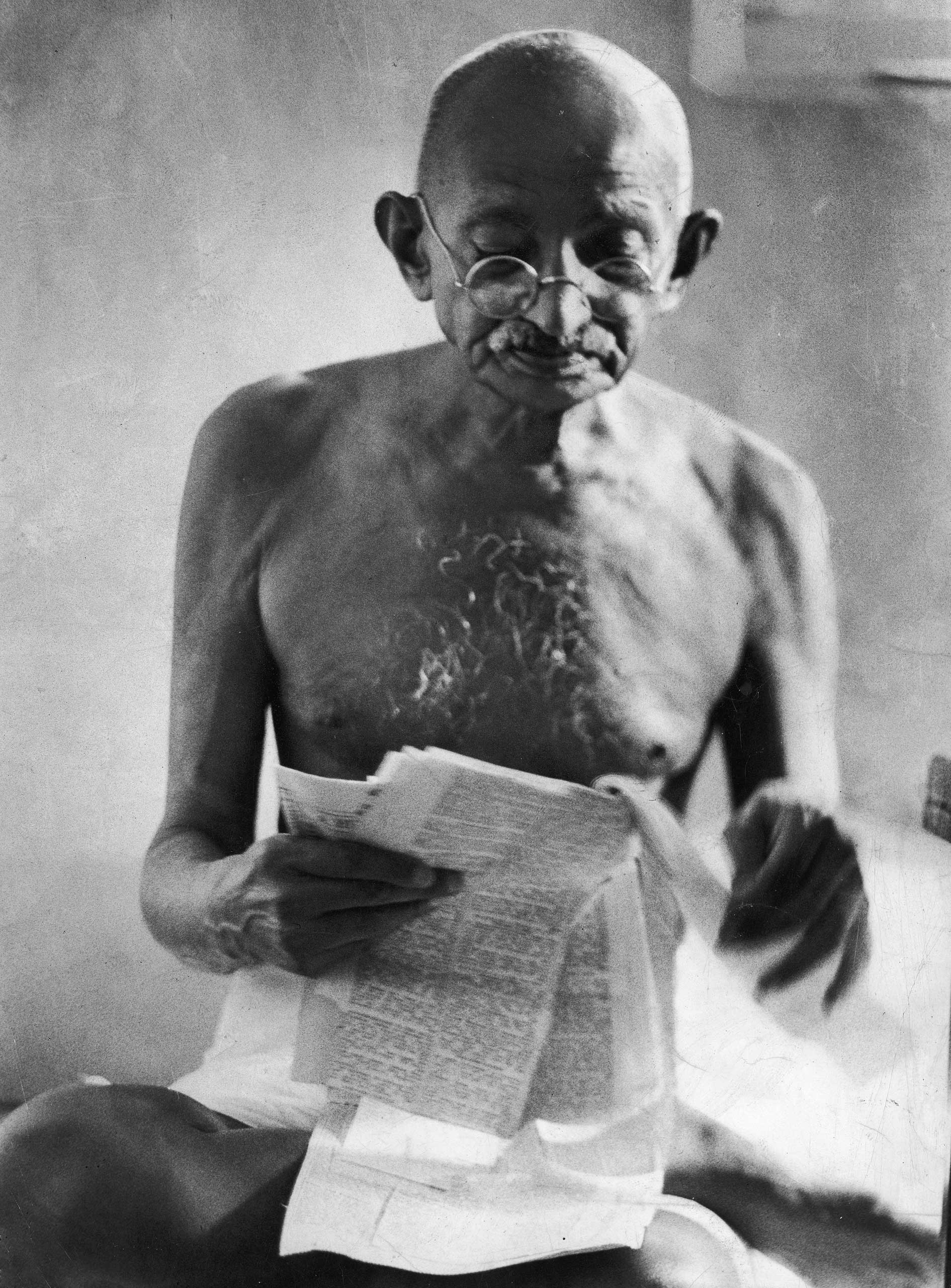
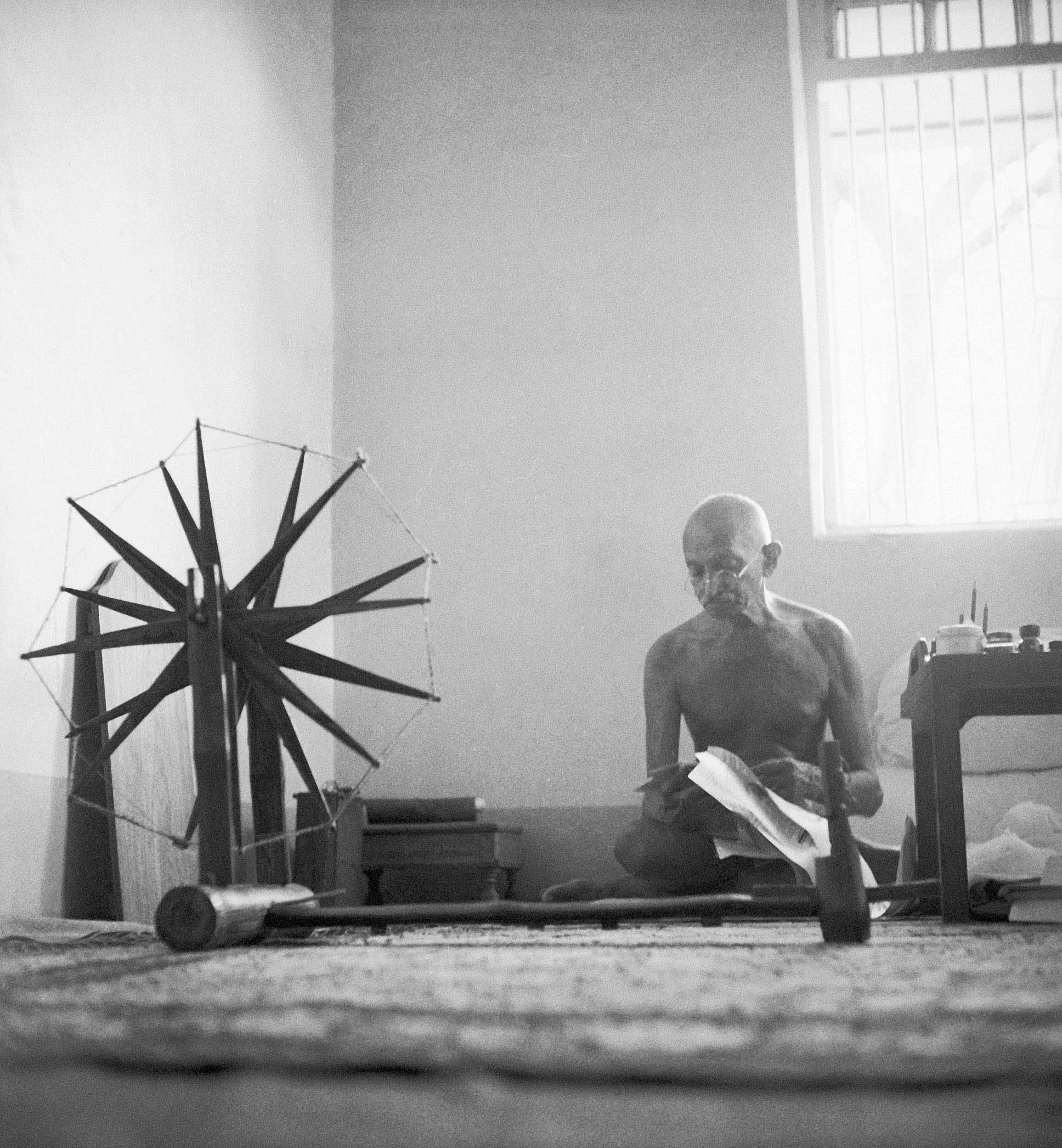

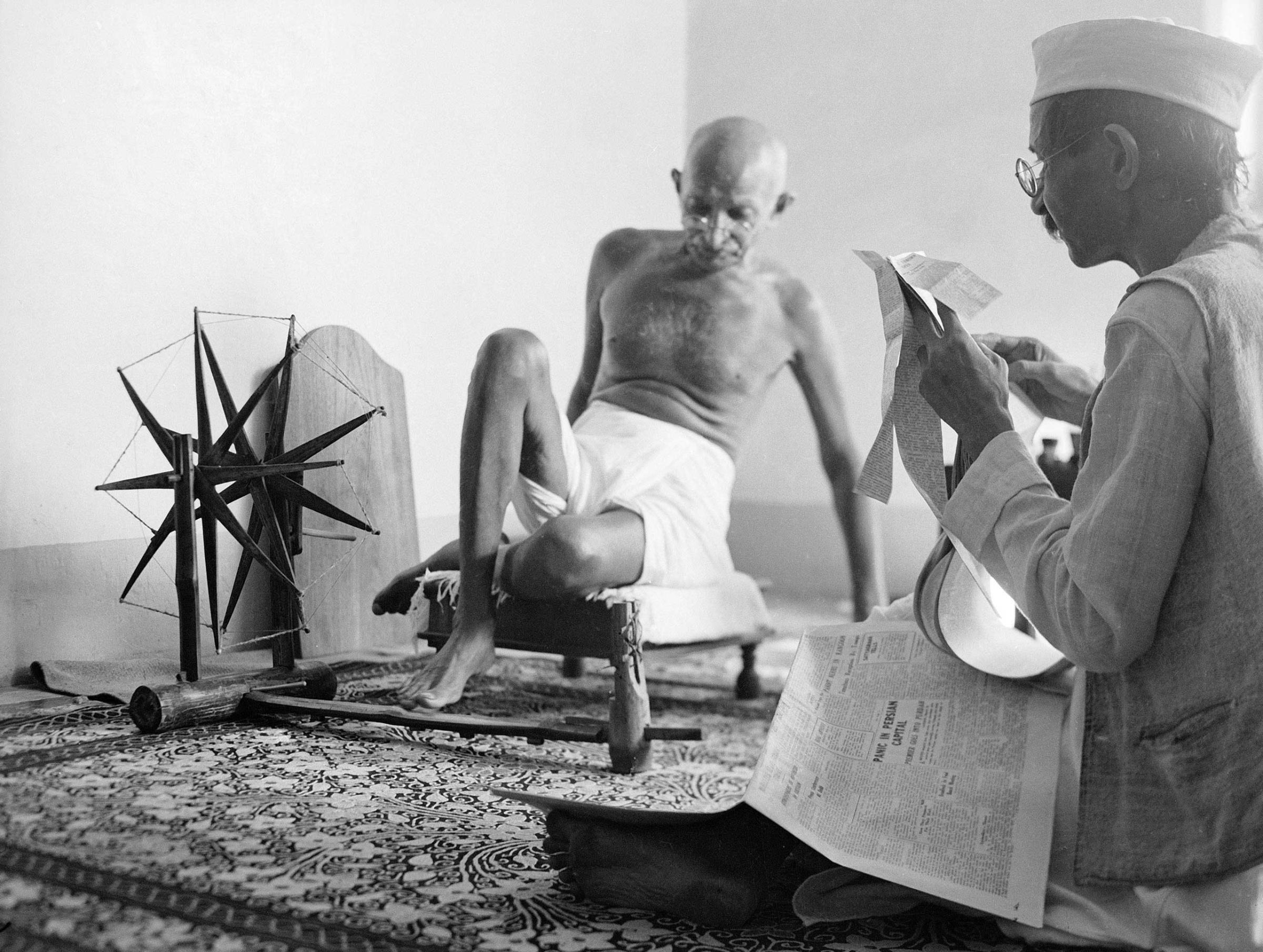

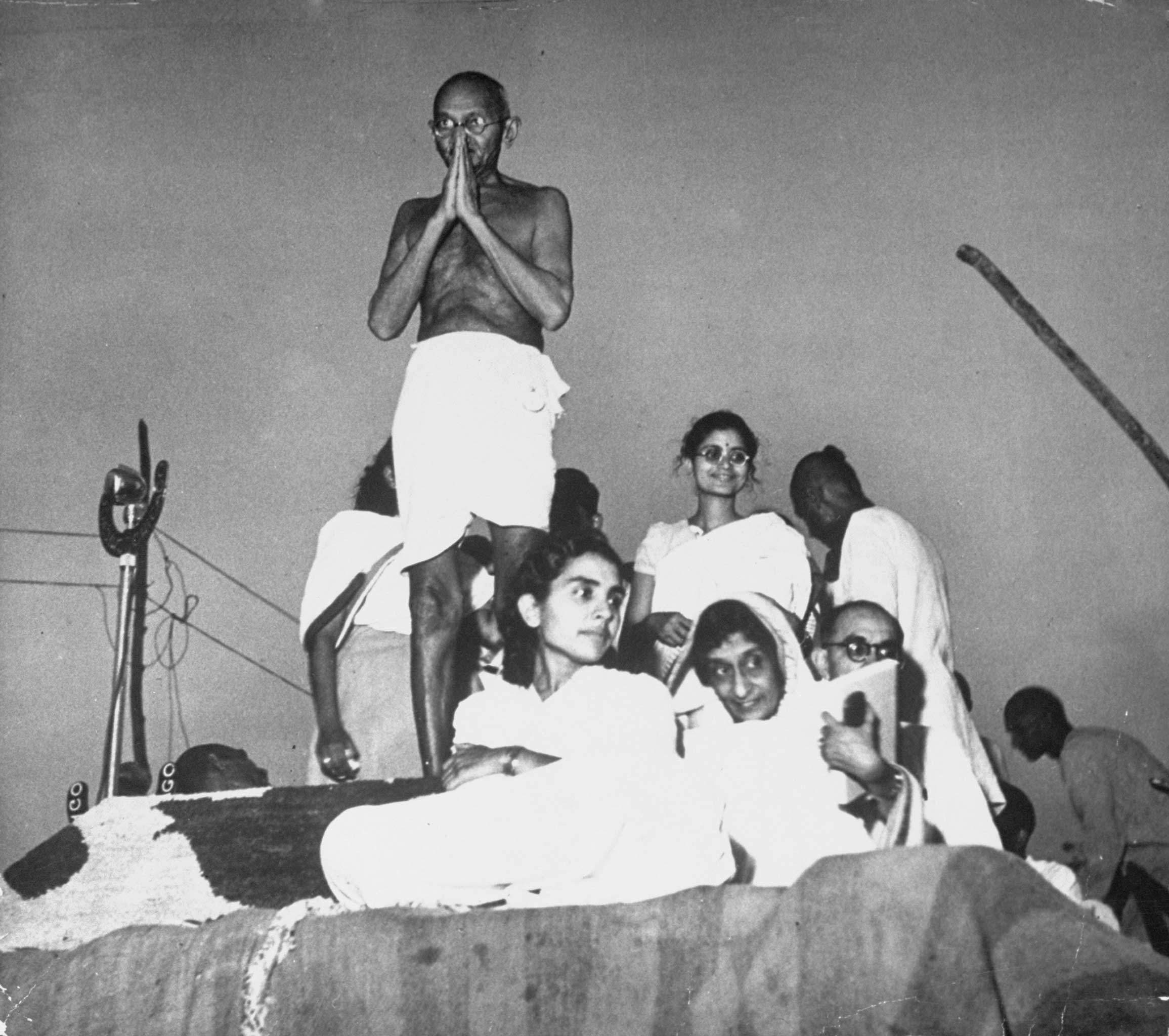
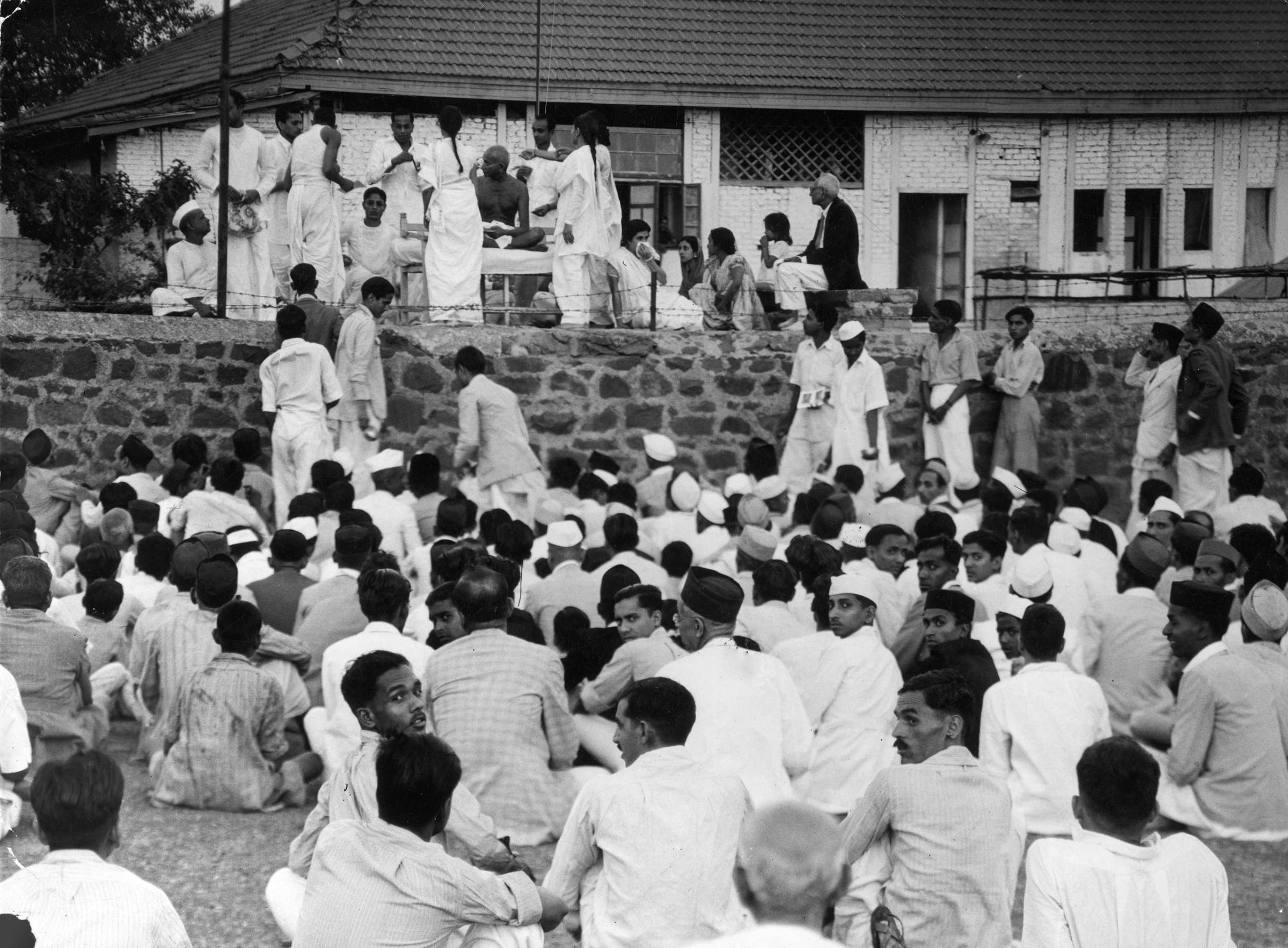
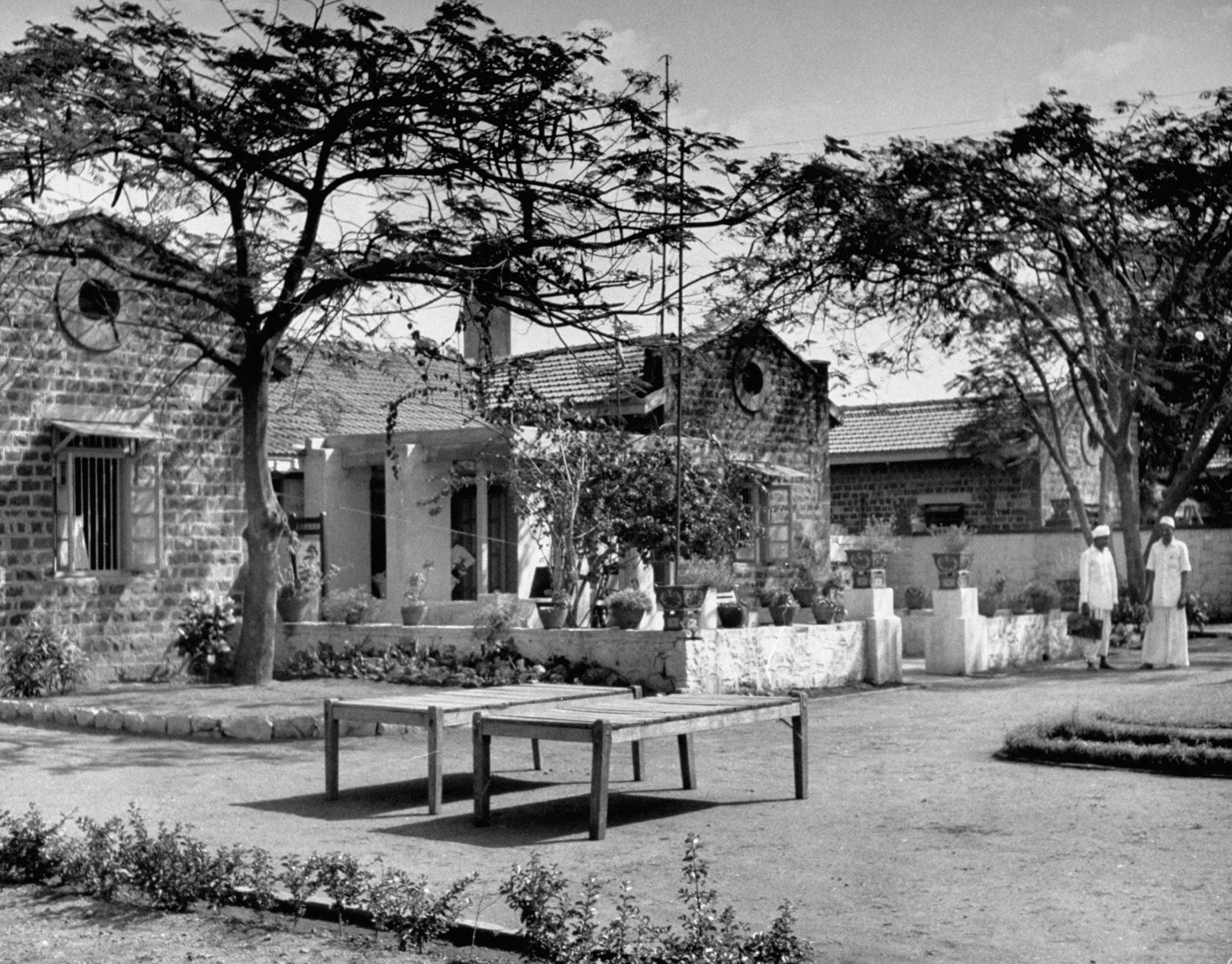
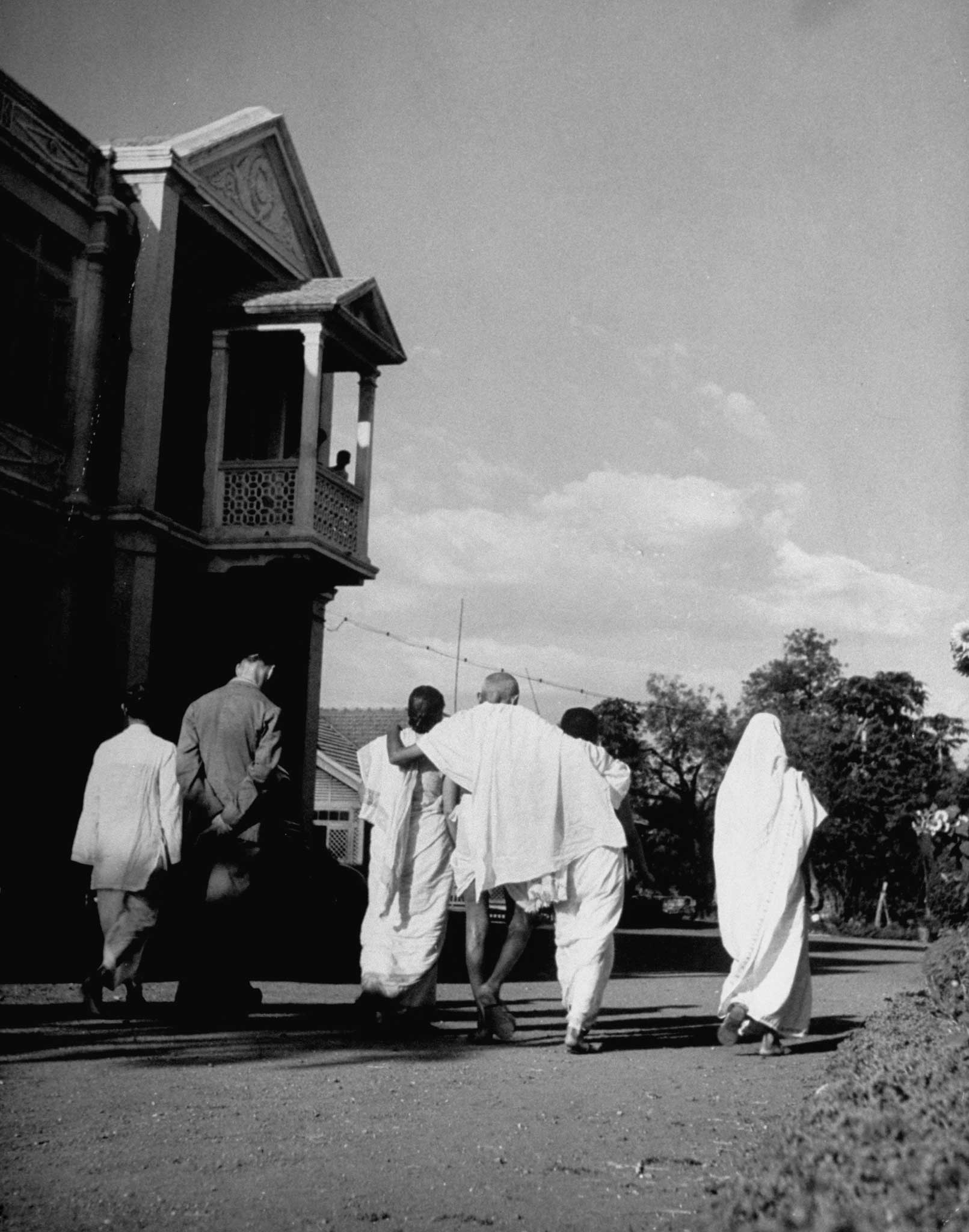

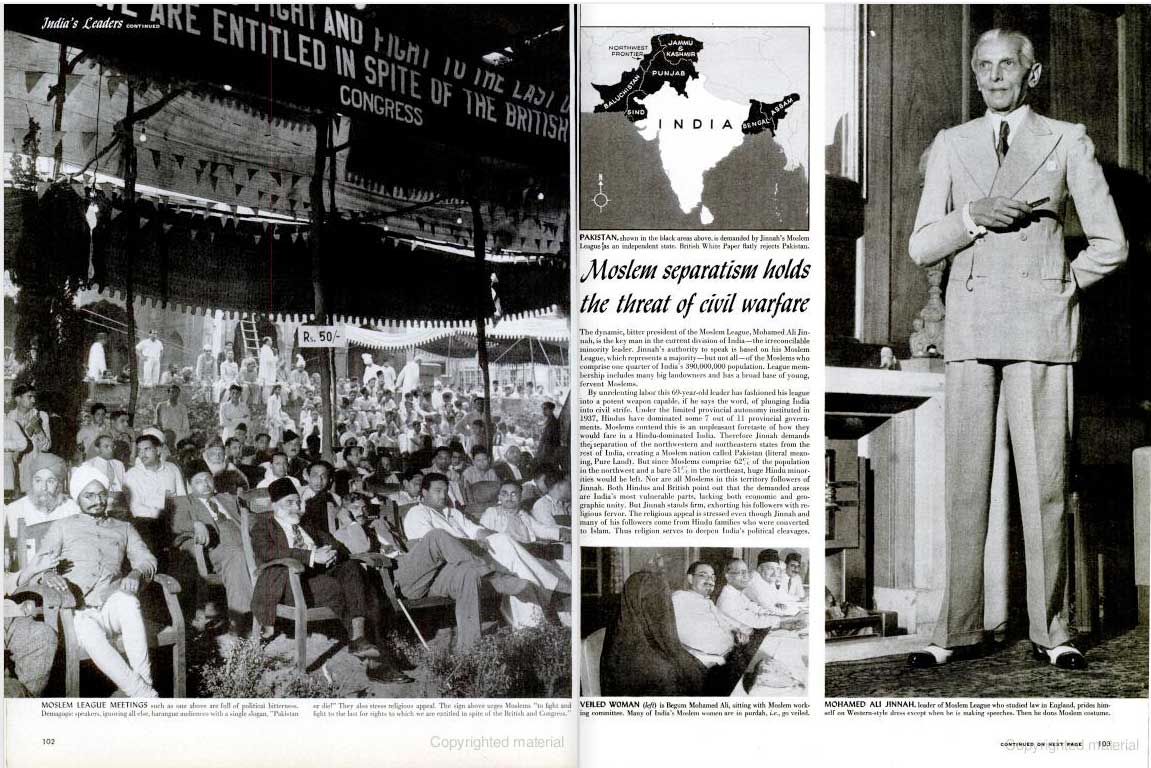
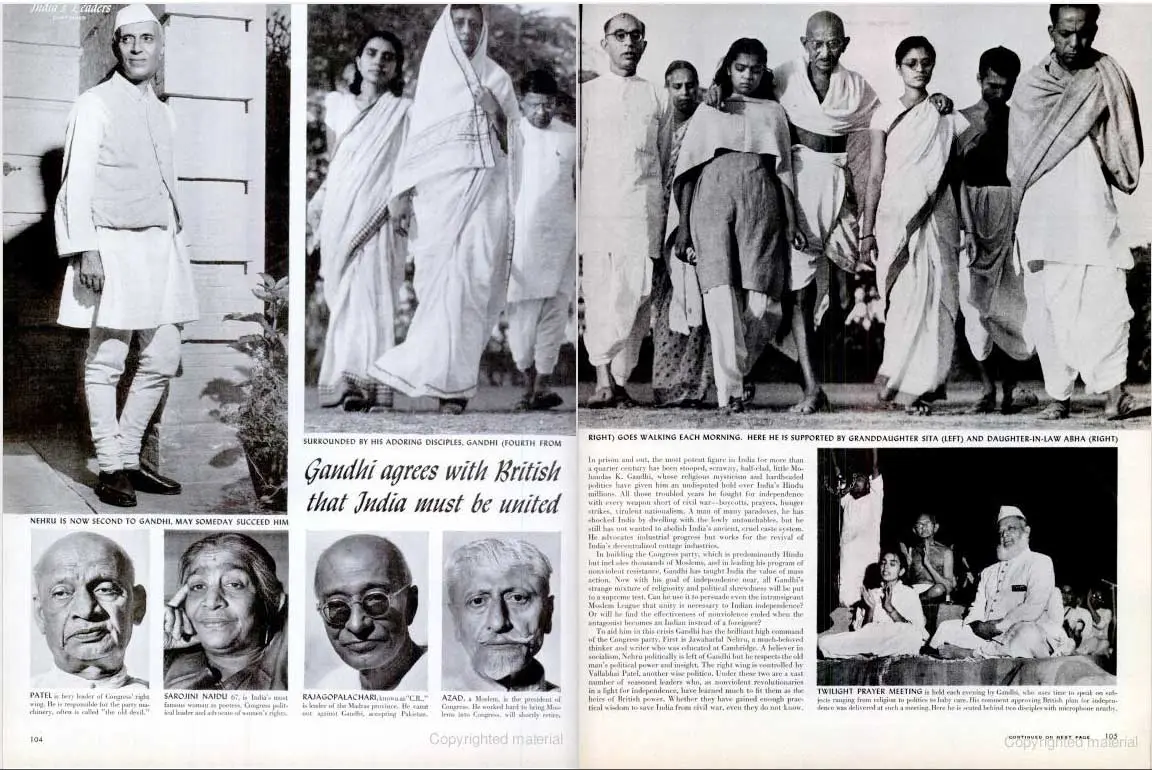
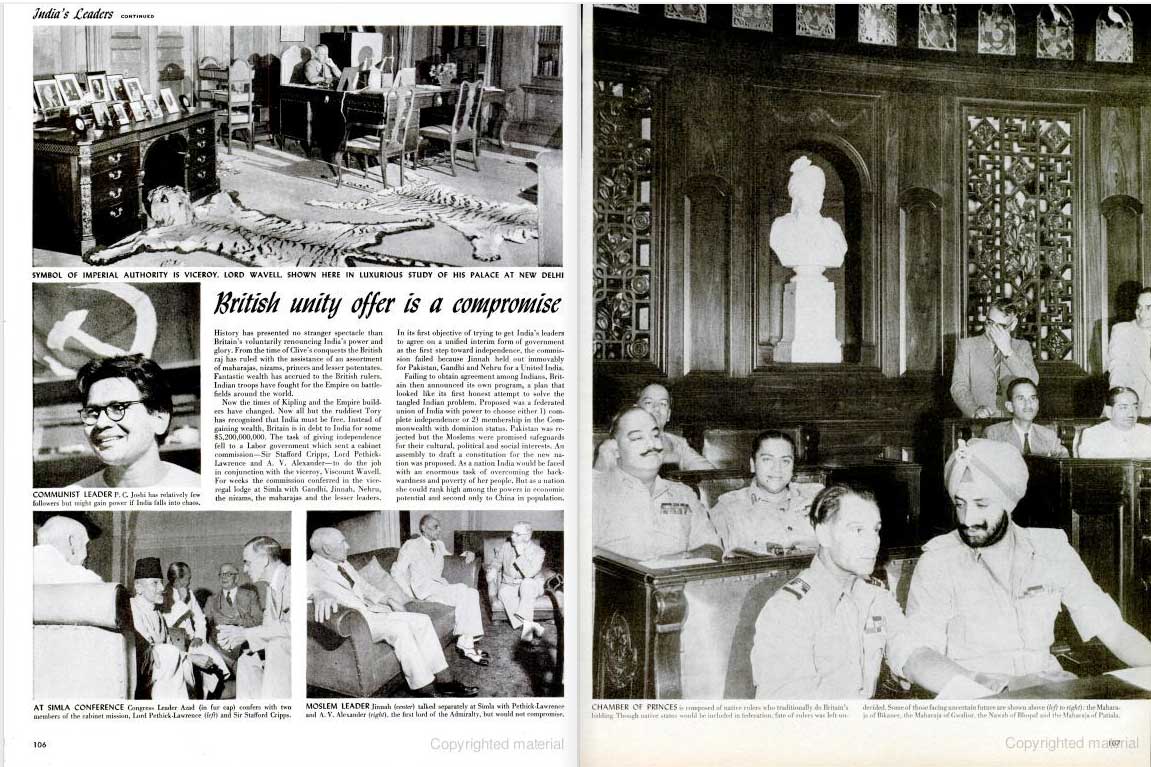
More Must-Reads From TIME
- The 100 Most Influential People of 2024
- Coco Gauff Is Playing for Herself Now
- Scenes From Pro-Palestinian Encampments Across U.S. Universities
- 6 Compliments That Land Every Time
- If You're Dating Right Now , You're Brave: Column
- The AI That Could Heal a Divided Internet
- Fallout Is a Brilliant Model for the Future of Video Game Adaptations
- Want Weekly Recs on What to Watch, Read, and More? Sign Up for Worth Your Time
Contact us at letters@time.com